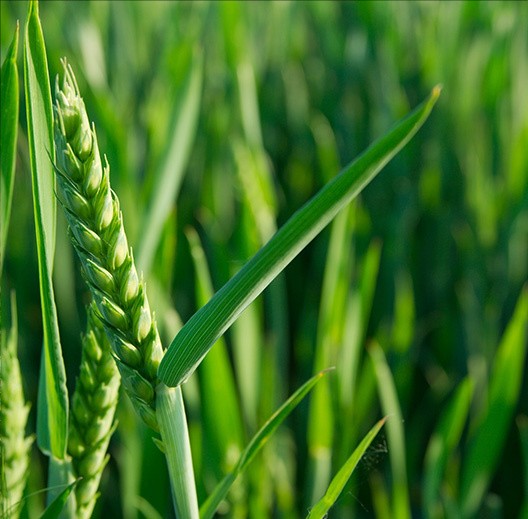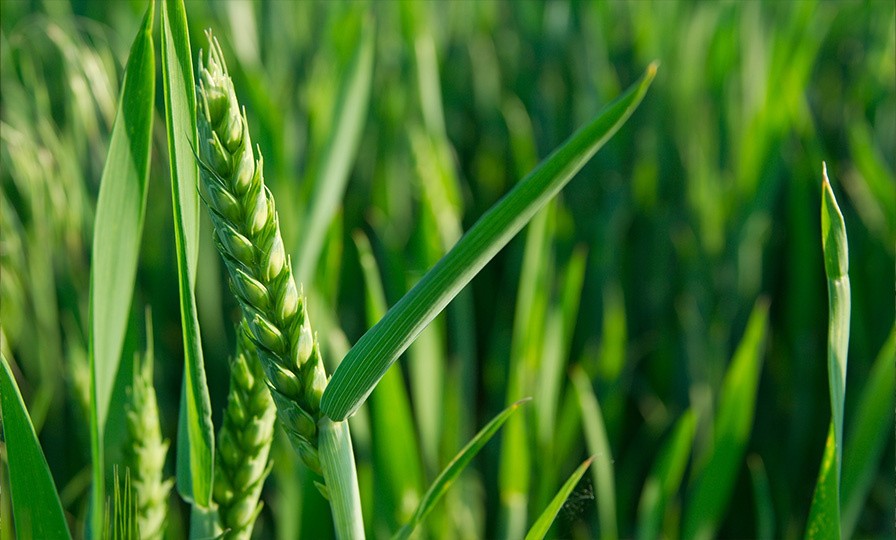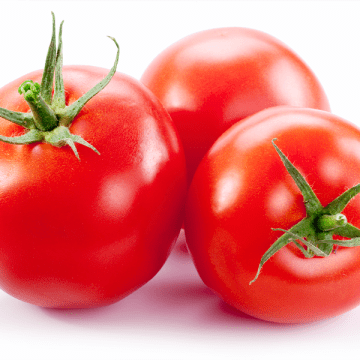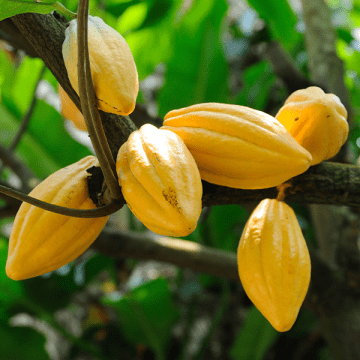Our products

- Foliar nutrition
Optiplant Barley RHO
Contributes to the quality of barley crops
See the product
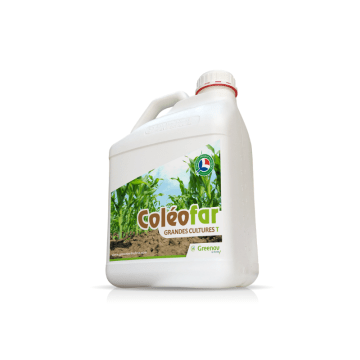
- Foliar nutrition
Coleofar Arable Crop T
Contributes to the growth and balance of corn crops and other plants with high starting requirements
See the product

- Foliar nutrition
Optiplant Cereals PSO
Contributes to quality production of straw cereals
See the product

- Foliar nutrition
Optiplant Rapeseed PS
Contributes to oilseed quality production
See the product
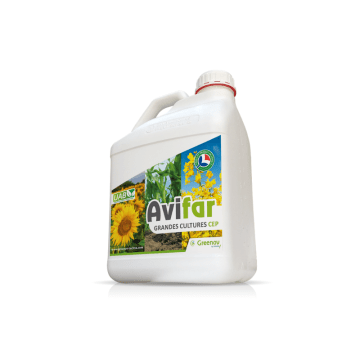
- Foliar nutrition
Avifar Field Crop CEP
Contributes tu support the growth and balance of field crops
See the product

- Foliar nutrition
Optiplant Strawberries OB
Contributes to the quality of strawberry crops
See the product

- Foliar nutrition
Optiplant Cereals FS
Contributes to quality production of straw cereals
See the product
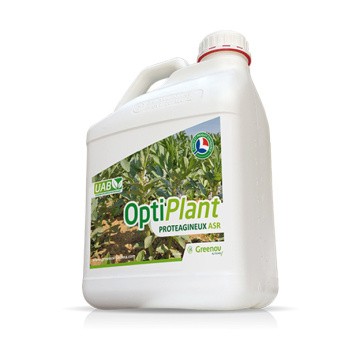
- Foliar nutrition
Optiplant Protein Crops ASR
Contributes to oilseed quality production
See the product

- Foliar nutrition
Optiplant Beetroot COR
Contributes to the quality of sugar beet crops
See the product
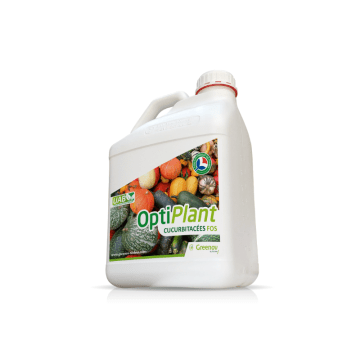
- Foliar nutrition
Optiplant cucurbit FOS
Contributes to the quality of melon and cucumber crops
See the product

- Foliar nutrition
Optiplant Tomato OB
Contributes to the quality of greenhouse of field tomatoes
See the product

- Foliar nutrition
Optiplant Aubergines & Pepper PFS
Contributes to the quality of aubergines and pepper crops
See the product
Our expertise to meet your challenges

Talk to our experts
Natual is a range of plant-based nutritional supplements designed to support the physiological functions of farm animals and crops, and in particular their natural defences.
